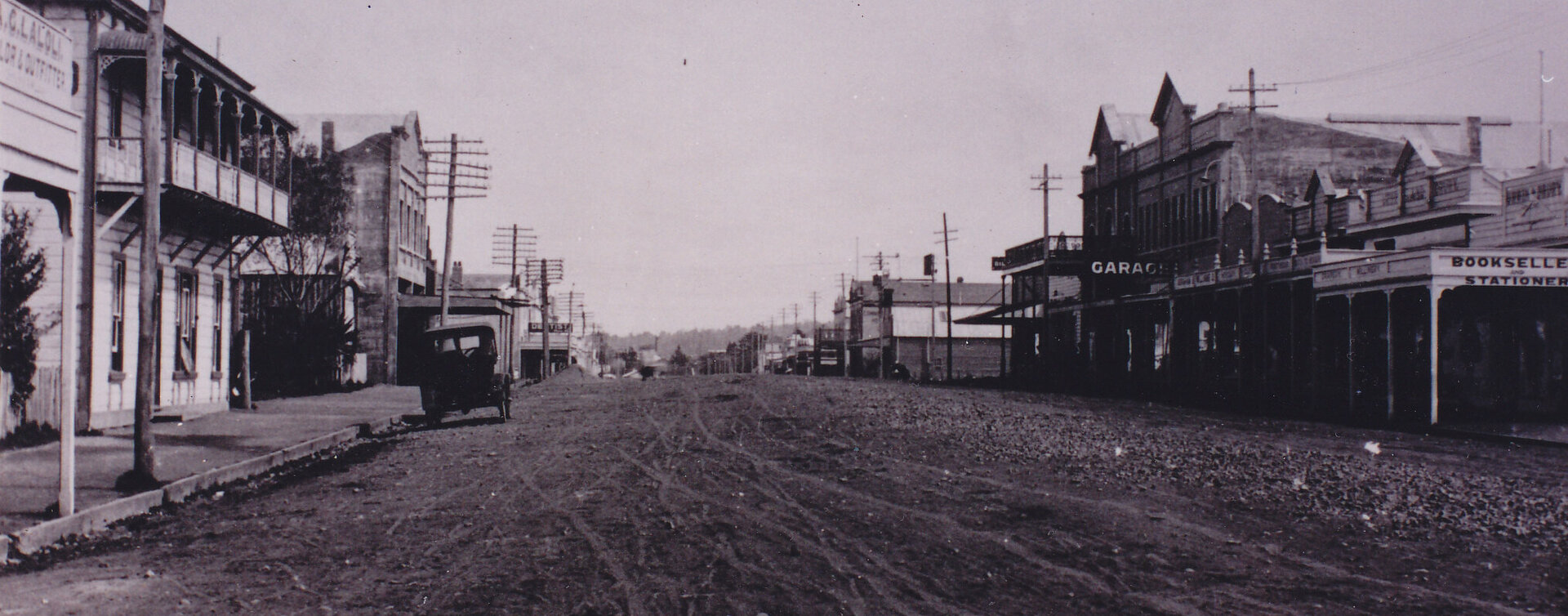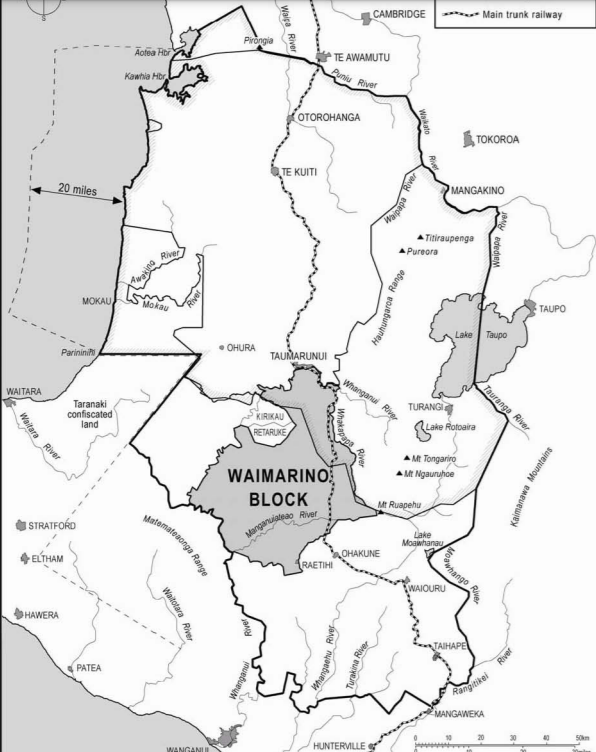The Waimarino stretches from Mt Ruapehu to the Whanganui river encompassing Raetihi, Pipiriki, Karioi, Horopito, Rangataua and Ohakune.
Tangata whenua have been living here for centuries, with the rohe being home to Uenuku. Raetihi and Waimarino (now National Park Village) were significant settlements.
in 1887, the Government acquired the block.
The first European settlement was at Karioi where sheep were grazed on open tussock land.
The Waimarino block proved to be a "pot of gold". Between 1908 and 1974 it yielded 700 million superficial feet of building timber. In its heyday the sawmilling of Rimu, totara, kahikatea, matai, and beech trees provided employment for numerous people in the area.
The remnants of 150 sawmills have been discovered. Today there are only two major mills operating, one at Tangiwai and one at National Park.
Text based on the Waimarino Museum Brochure contributed to by the late Elizabeth Allen "In the hills of Waimarino" and M George "Ohakune - Opening to a new world"
More information on the Waimarino Block and its purchase history.






